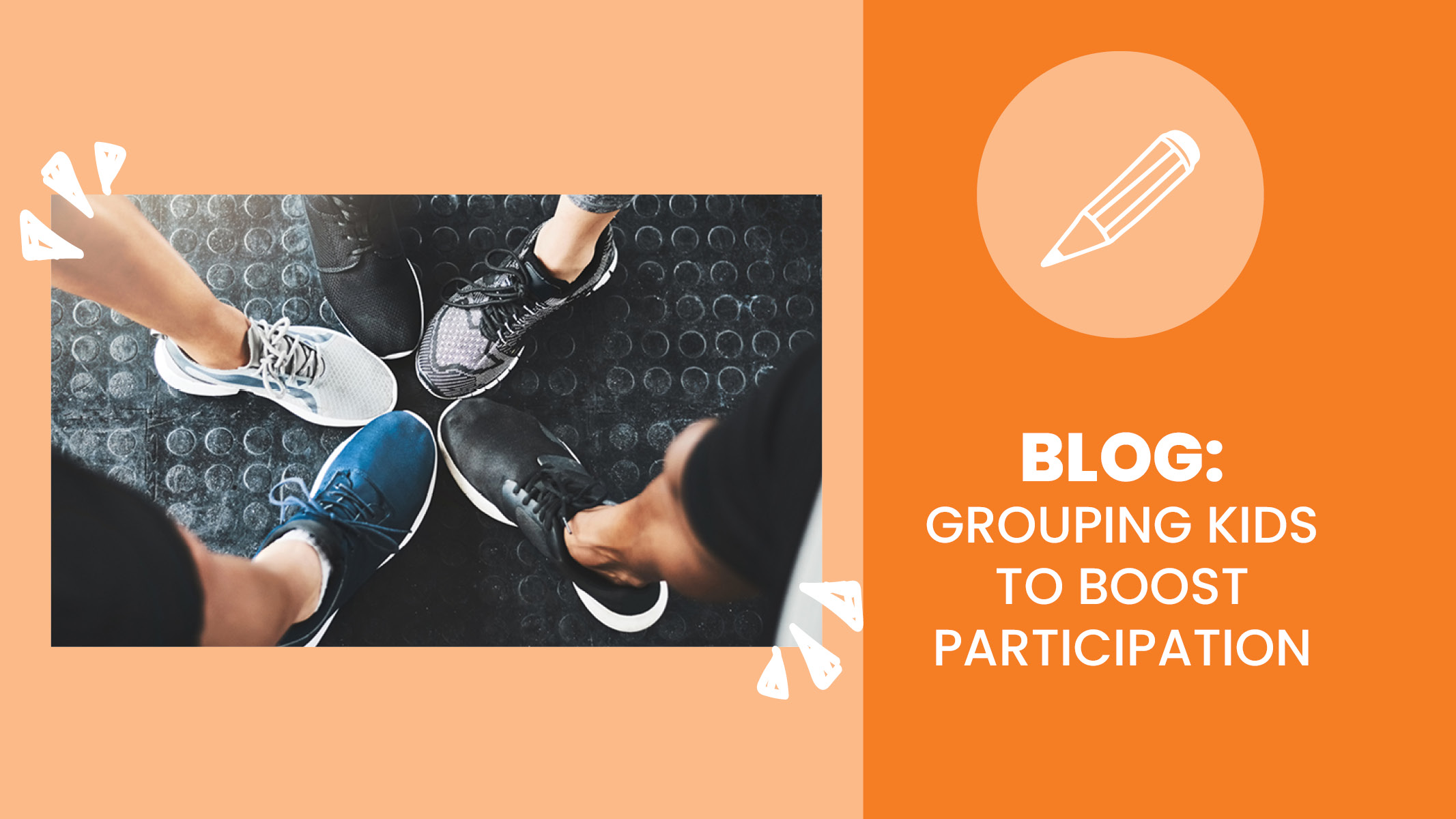When planning activities, plan a variety of ways to form pairs and groups. Guidelines published by SHAPE America (Society of Health and Physical Educators), encourage activities that use partners rather than large groups so kids do not have to wait in line for their turn to participate. Keep in mind that the smaller the group, the more interactive the experience will be! Let kids know that you will change pairs and groups frequently—and be sure to tell them you are doing so to build community, camaraderie, and trust.
Appropriate practice guidelines suggest that activities focus on individual pursuits or skills rather than competitive team activities. Kids can work in pairs or small groups, provided they are given guidelines for physical distancing. The key to providing a safe environment is to plan and model the grouping practice before kids try it out!
Here are some quick and easy strategies you can use to get started. All can be used to create small groups or student pairs:
Back to Back
Kids stand back to back to find a partner of similar height.
Bracelets
Collect rubber bracelets of various colors. Give kids a bracelet (or small hairband) to wear on their wrist. Be sure to have several colors so you have several options for dividing the group.
Craft Sticks
Use markers to write vocabulary words or make a dot-dash pattern on craft sticks. Kids draw a stick then find the person(s) with the same word or pattern. Or, color-code sticks— color the tip of the craft stick with a marker, then kids draw sticks and match colors for teams.
Deck of Cards
Kids draw a card and match suits or numbers. Alternatively, make a deck by writing the kids' names on the cards. Shuffle and deal to make pairs or groups.
Elbow Mingle
Wander around the activity area and touch elbows with a person after a leader cue.
Find a Friend
Use categories to create small teams or pairs. Use height, birth month, birth date, eye color, clothing color, etc. “Find a friend who has the same birth month as you.”
Leader’s Choice
Use your knowledge of learners’ skills and compatibility and determine your groups or pairs in advance. Change frequently. When leaders set partners and teams themselves, kids expand their circle of friends and they are less likely to feel excluded.
Roy G Biv
Kids stand in line and form a rainbow based on the colors of their clothing. The leader separates into pairs or groups.
Standers and Sitters
Select a partner. One person stands and the other sits. Standers are one team; sitters are the other. Repeat to make four groups. Repeat for eight groups.
Toe to Toe
Participants mingle—wandering around until leader gives a cue—then point one foot and go toe to toe with another. The leader may repeat the toe-to-toe mingle, with the instructions that you must go toe-to-toe with someone new!
Using best-practice grouping techniques with your kids will promote group collaboration and socialization skills, increase participation, and encourage them to accomplish their tasks. Use these strategies with fitClub, fitGames, or anytime you are doing activities with a group of kids.
You may also like:
Social and Emotional Learning
Encouraging Emotional Development in Kids
25 Easy Activities to do with Kids at Home


